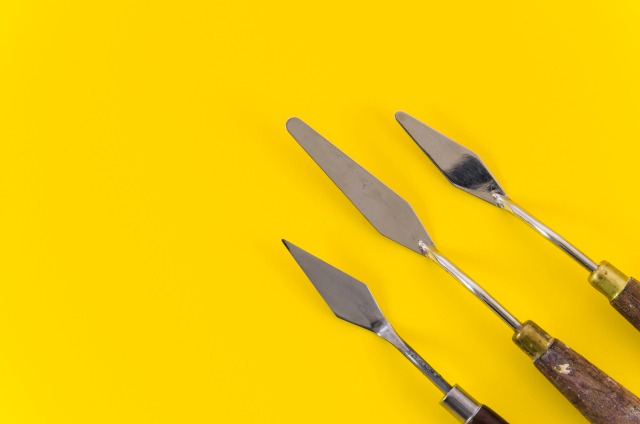Last week’s article introduced the Graston Technique. Today’s article discusses the tools utilized in this particular technique. Before we continue, I want to let you know that I am not a medical professional, and what follows should not be taken as medical advice. Hopefully you can use this information to perform your own deep dive into this topic.

Image by Freepik
The tools used in the Graston Technique are specialized instruments made of stainless steel to perform the manual therapy on soft tissues. These instruments are designed with specific shapes and edges to detect and treat soft tissue tightness, scar tissue, and adhesions (also known as knots).
The tools used in the Graston Technique include:
- Gua Sha Tools: The instruments used in Graston Technique are similar to traditional Chinese medicine tools known as Gua Sha tools. Gua Sha is a scraping technique used in traditional East Asian medicine to promote blood flow and alleviate pain. Graston Technique tools are an adaptation of these traditional tools.
- Graston Instruments: The Graston Technique instruments are typically made of high-quality stainless steel and have various shapes and sizes, including flat, concave, and convex surfaces. The edges of the instruments are angled and rounded, having a slanted or sloping surface. Such a design allows therapists to apply controlled pressure and perform specific massage strokes to address soft tissue restrictions.
- Tongue Depressor Tool: Some Graston Technique tools have a flat, tongue depressor-like shape, which can be used to apply broader strokes over larger areas of the body.
- Combination of Edges: The tools often have different edges and surfaces, allowing therapists to choose the most appropriate part of the instrument based on the specific area and condition being treated. The variety of edges helps target different types of soft tissue restrictions.

It is important to note that the use of these instruments requires proper training and expertise. Graston Technique practitioners undergo specific training to learn how to effectively use the tools and to apply the technique safely. The goal is to detect and treat soft tissue abnormalities, promoting healing and improved function. If you are interested in the Graston Technique, it is recommended to seek treatment from a qualified healthcare professional or therapist trained in this technique.
To Your Success & Freedom,
Glenn Shimabukuro



